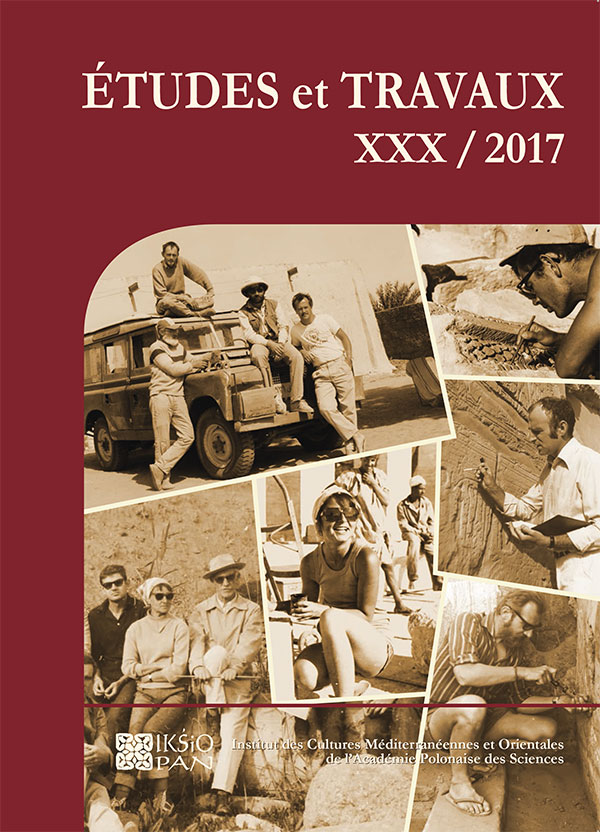Nuovi dati sugli edifici termali di Sabratha
DOI:
https://doi.org/10.12775/EtudTrav.30.005Keywords
Sabratha, Roman baths, architecture, paths, wishersAbstract
The architecture of the six Roman baths in Sabratha developed in the second century during the reorganization of the urban space after the earthquake of the Flavian period. They are all well organized in the axial arrangement of the cold and hot baths, with frigidarium as the focus of the structure, served by apodyteria, environments with benches for visitors and latrinae, and also with appropriate paths and well-wishers (the mosaics in the so-called Terme del Teatro) or marble statues (in the latrine of the so-called Terme a mare). The spaces for the hot bath stand out for the sequence of the laconicum, the tepidarium and of the calidarium, independent and equipped with the praefurnia. In the Forum area the ‘Terme a mare’ imposed themselves for its original technical and structural insights aimed at obtaining a building area bigger than the tectonics of the soil could then ensure. The ‘Terme del Teatro’ on their turn spearheaded the experimentation with new analytical techniques aiming at the restitution of the original project.Downloads
Published
2017-08-23
How to Cite
1.
BONACASA CARRA, Rosa Maria and BONACASA, Nicola. Nuovi dati sugli edifici termali di Sabratha. Études et Travaux. Online. 23 August 2017. No. 30, pp. 125-153. [Accessed 19 December 2025]. DOI 10.12775/EtudTrav.30.005.
Issue
Section
Articles
Stats
Number of views and downloads: 592
Number of citations: 1



